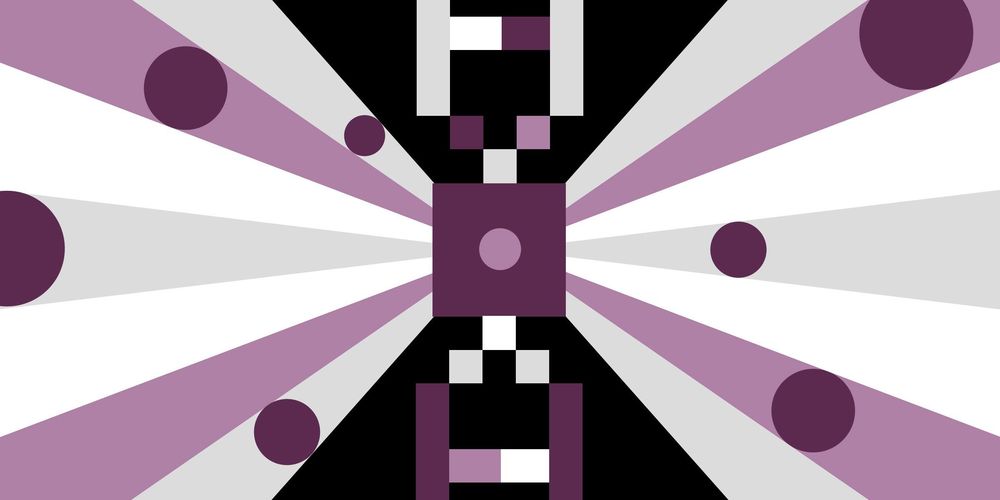The plan is to have AI flying fighter planes by 2023.
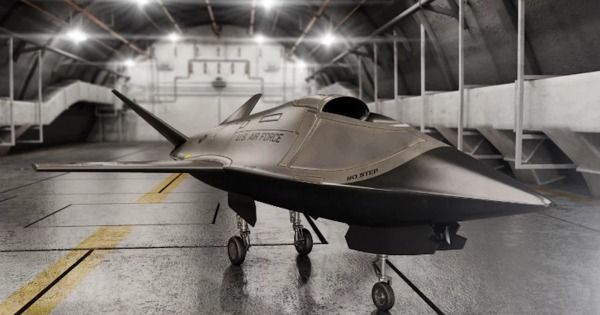

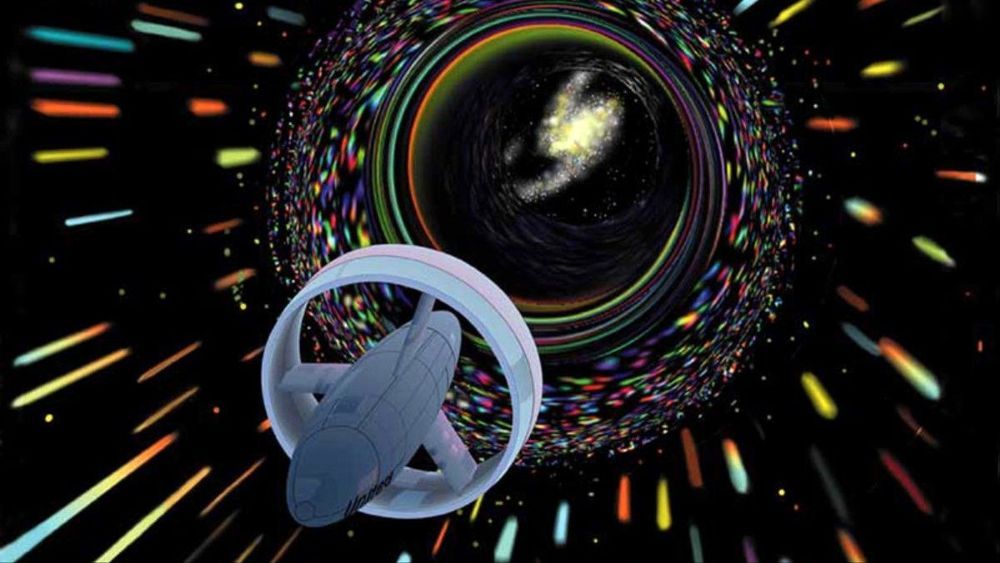
Humans have figured out how to send spacecraft into the deep reaches of the solar system, but it will take major advances in spaceflight before we can hop over to other star systems or traverse the Milky Way. In the meantime, though, it doesn’t hurt to think about cool ways we might one day be able to accomplish that dream.
Enter: the “halo drive,” a concept that proposes leveraging the power of black holes and other gravitationally powerful phenomena to accelerate future spacecraft to near-light speeds.
Conceived by David Kipping, an astronomer at Columbia University, the halo drive involves shooting lasers at objects such as black holes or neutron stars in order to get a speed boost when the light beam boomerangs back to its starting point.

https://youtube.com/watch?v=tVxmk-lcJVc
A good intro to QUANTUM COMPUTERS, at 5 levels of explanations — from kid-level to expert.
WIRED has challenged IBM’s Dr. Talia Gershon (Senior Manager, Quantum Research) to explain quantum computing to 5 different people; a child, teen, a college student, a grad student and a professional.
Still haven’t subscribed to WIRED on YouTube? ►► http://wrd.cm/15fP7B7
ABOUT WIRED
WIRED is where tomorrow is realized. Through thought-provoking stories and videos, WIRED explores the future of business, innovation, and culture.
Quantum computing expert explains one concept in 5 levels of difficulty | WIRED.
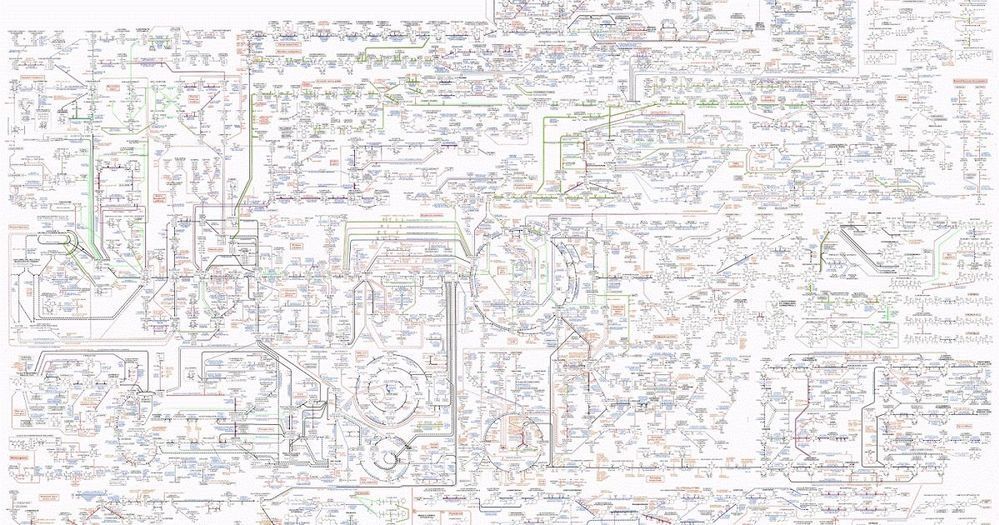

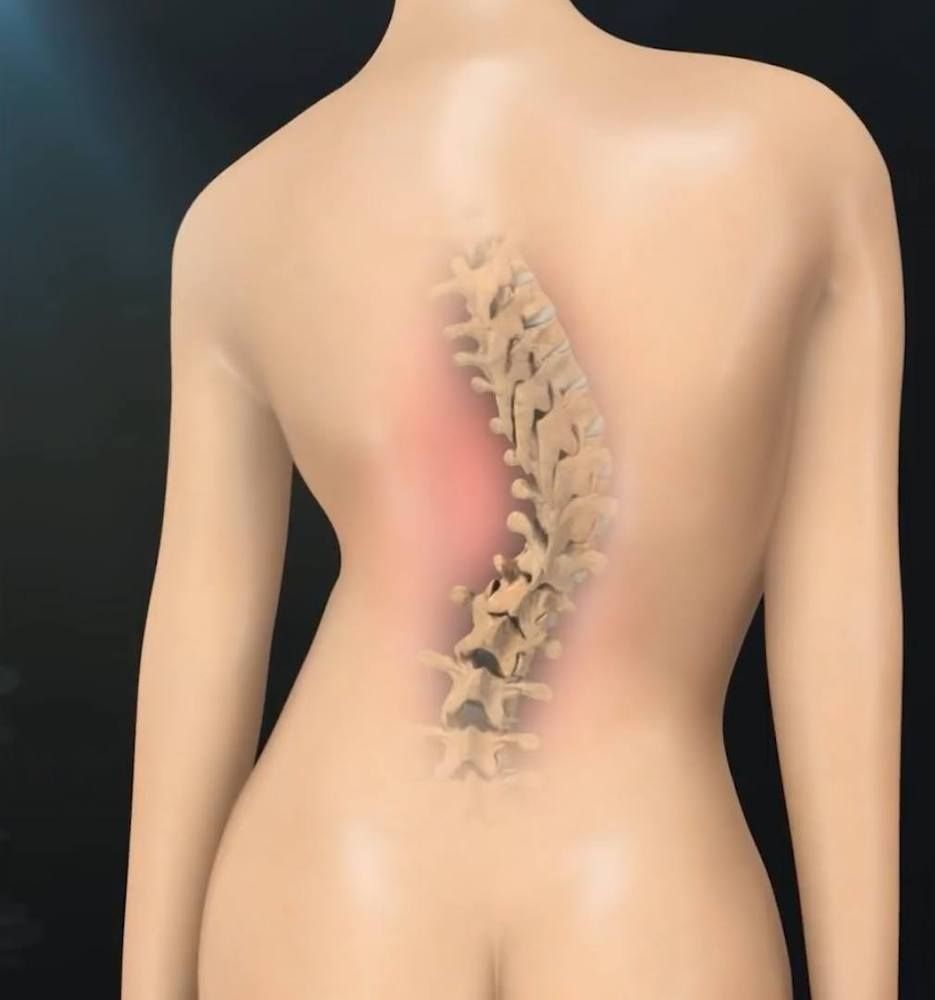
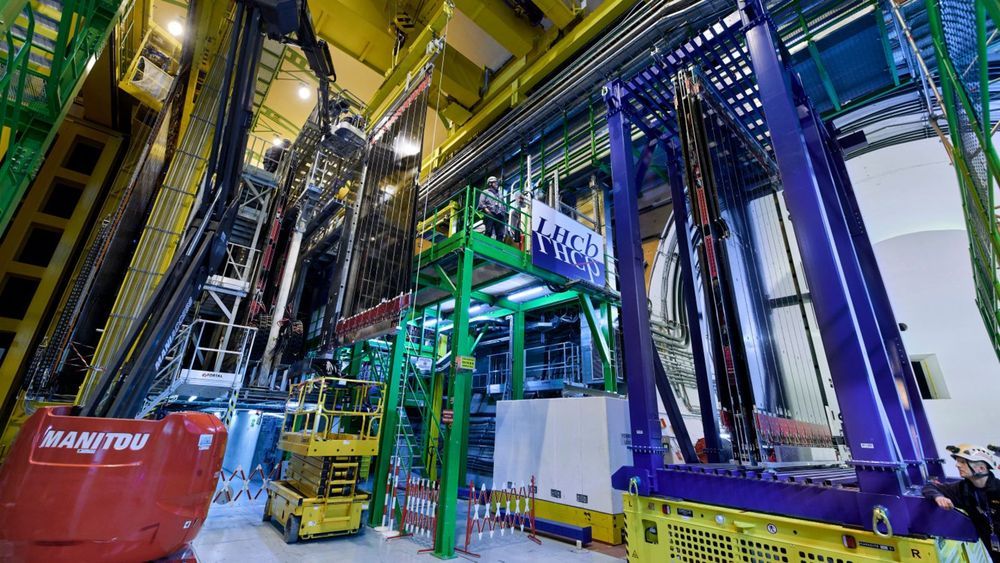
Scientists have announced the observation of “CP violation in a D meson” at CERN, a discovery that will appear in physics textbooks for years to come. You’re probably wondering what exactly it means.
The Universe is full of regular matter. There’s also antimatter, which exists even here on Earth, but there’s much less of it. This new observation is important on its own, but it also takes physicists another step closer to explaining where all the antimatter has disappeared to.
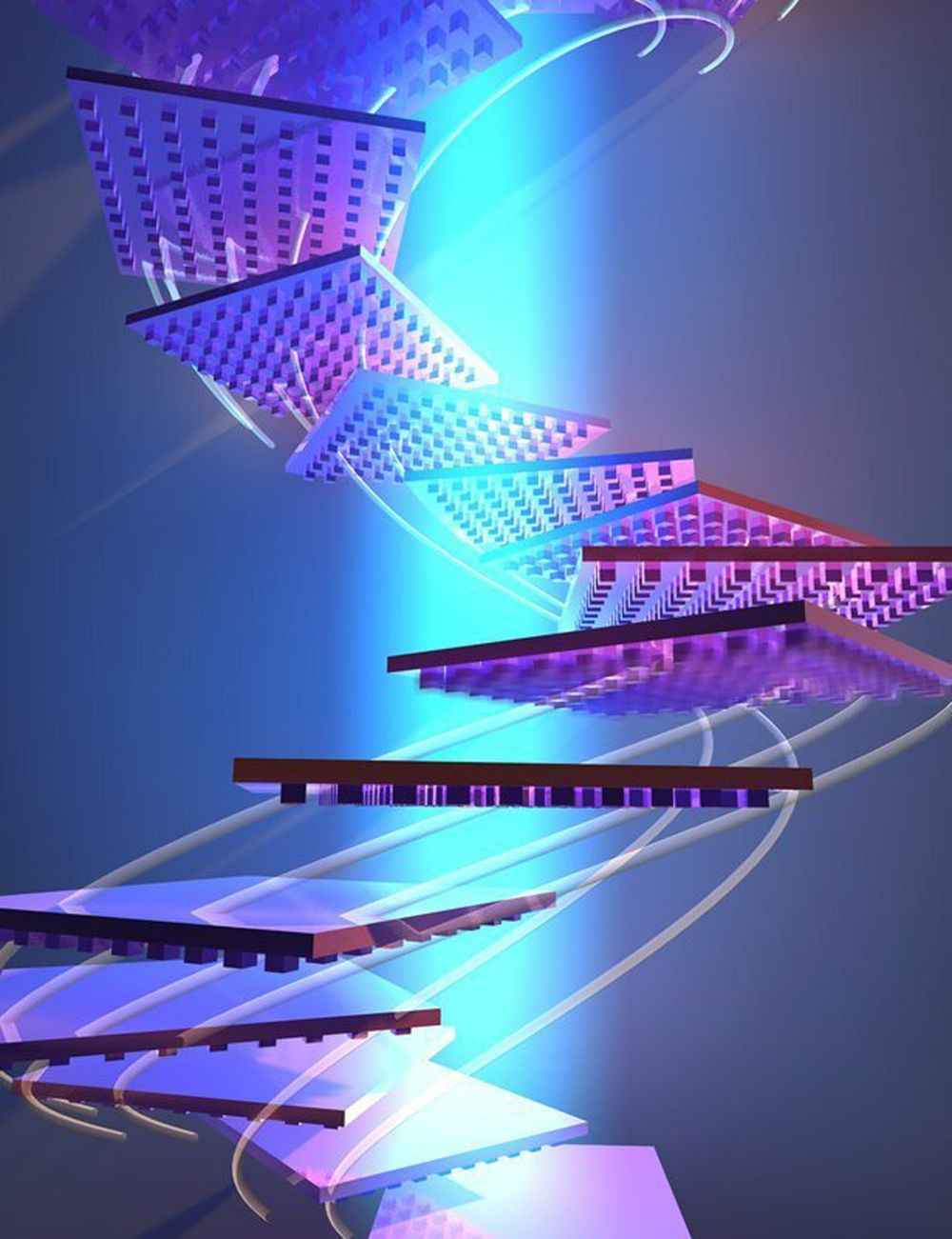
Turns out the key to making things lighter than air is…light!
California scientists think they’ve found a way to make objects levitate using concentrated light — a theory that could even propel spacecraft farther than they’ve ever traveled before, according to a report.
Researchers at the California Institute of Technology believe that by covering the surfaces of objects with microscopic nanoscale patterns specially designed to interact with beams of light, they could be propelled without fuel — and potentially by light sources millions of miles away, according to Phys.org.
